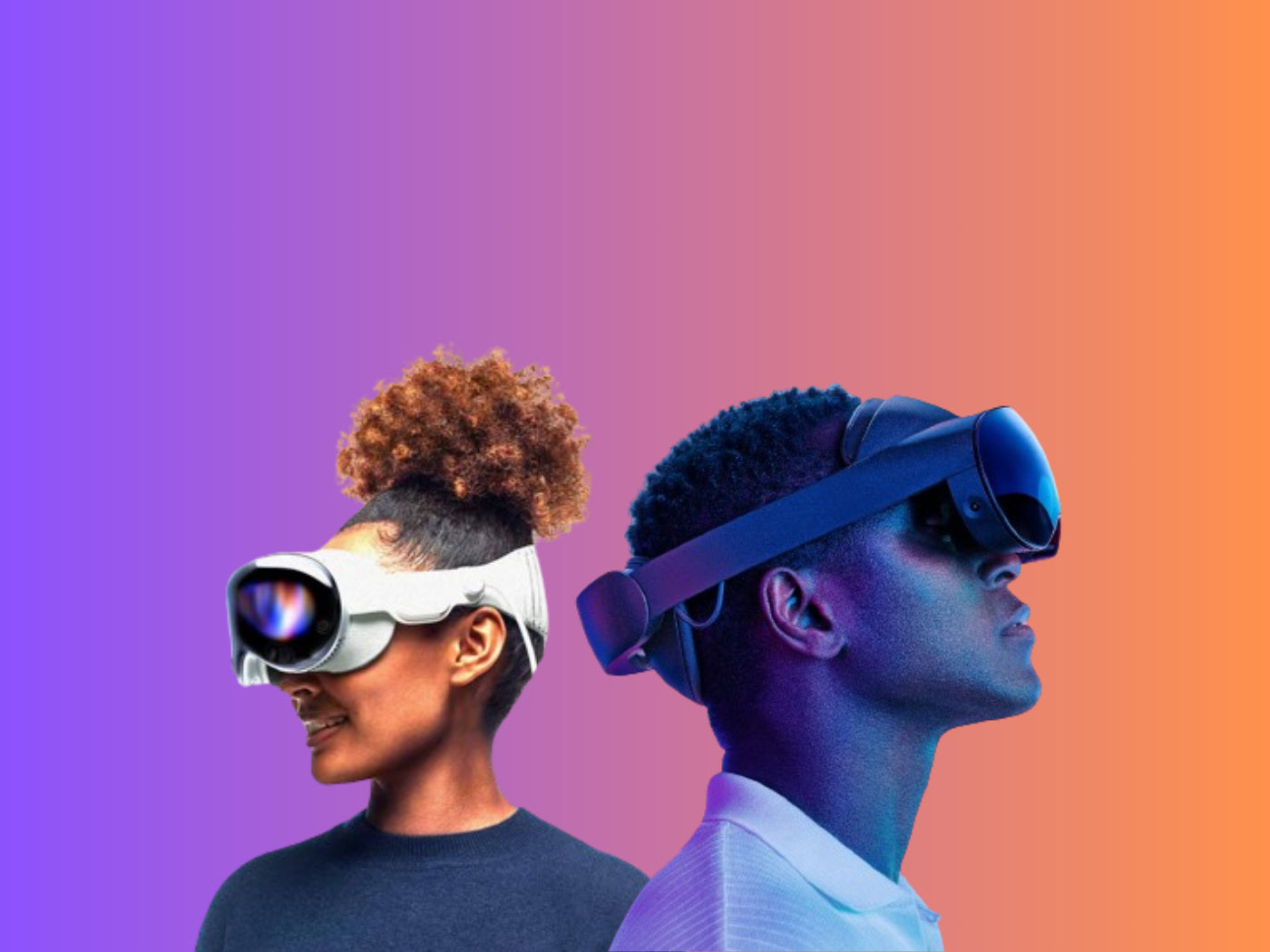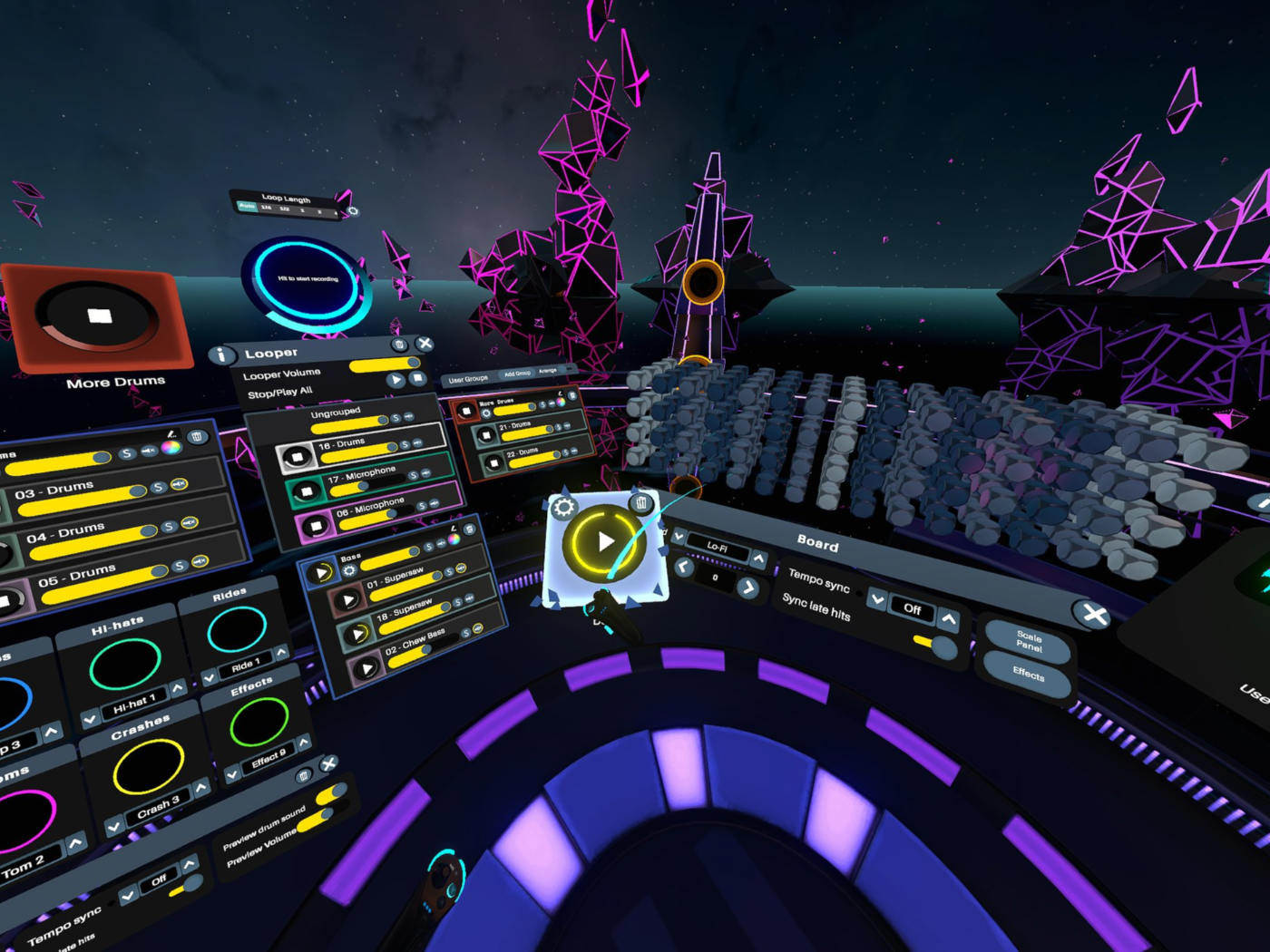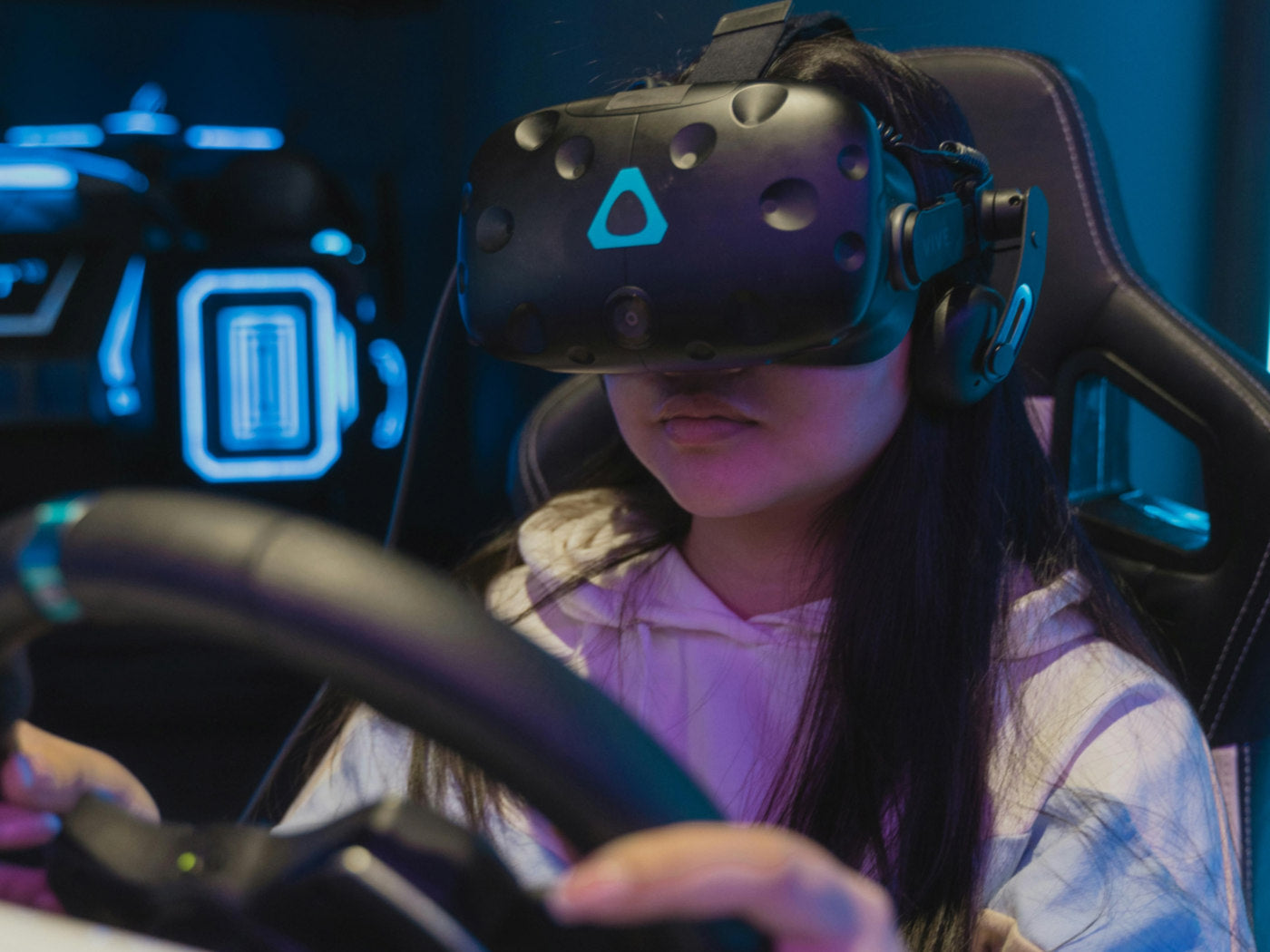This comparison aims to unravel the intricacies of two prominent contenders in the mixed reality market: the Apple Vision Pro and the Meta Quest Pro. These headsets, developed by industry giants Apple and Meta (formerly Facebook) aim to redefine how users perceive and interact with digital and physical spaces.
Apple Vision Pro Vs Quest Pro Price and Availability
The Apple Vision Pro is expensive, costing $3,499. It's a big investment for folks wanting a top-notch mixed reality experience. Coming in "early 2024," it's got tech fans buzzing, eagerly waiting for Apple to jump into mixed reality.
Now, the Meta Quest Pro takes a different approach. It started at $1,499 but has dropped to $999, making it more budget-friendly compared to the Apple Vision Pro. This pricing shift adds an interesting twist to the decision-making process between these two players in the mixed reality world.
Vision Pro vs Quest Pro Design and Comfort
The Apple Vision Pro boasts a visor featuring a curved sheet of 3D laminated glass, serving not only as a lens for the camera array but also as a display element. This innovative design not only enhances the headset's functionality but also introduces a feature called EyeSight.

EyeSight showcases users' eyes to those around them, providing a unique way to share the immersive experience. When fully engaged, a purplish hue occupies the front display, indicating complete immersion.
The Meta Quest Pro features a more traditional design with front-facing cameras on the visor. The absence of a feature akin to Apple's EyeSight emphasizes Meta's focus on practicality and functionality. The design philosophy of the Meta Quest Pro revolves around functionality, putting utility at the forefront.

Its incorporation of front-facing cameras brings an innovative twist, allowing for full-color passthrough. This feature significantly enhances real-world visibility while immersed in the virtual environment.
Ergonomics and Comfort Considerations
The Vision Pro impresses with a balanced, lightweight design, weighing approximately one pound. However, it foregoes a built-in battery, relying on external power sources. The Meta Quest Pro is comfy and easy to customize. It weighs 1.59 pounds, including a built-in battery. The smart move of putting the battery at the back makes it comfy for long periods, giving users a cozy and immersive experience.
Apple Vision Pro And Quest Pro Display Technology
Inside the Apple Vision Pro are two Micro OLED displays, each approximately the size of a postage stamp, collectively boasting an impressive 23 million pixels. Display Supply Chain Consultants estimate a resolution of 3800 x 3000, aligning with Apple's claim of "more pixels than a 4K TV for each eye."
In comparison, the Meta Quest Pro utilizes pancake optics which accommodates more pixels in a smaller space. However, the resolution falls behind that of the Apple Vision Pro, with two LCD display panels offering a resolution of 1832 x 1920 per eye.
Vision Pro And Meta Quest Pro Controllers And Interaction
One of the distinguishing features of the Apple Vision Pro lies in its commitment to a controller-less experience. With 12 cameras, six microphones, and five sensors, the Vision Pro employs a sophisticated array of technologies to track users' eyes, hands, and voice commands.

The 12 cameras capture natural hand movements, even when hands are positioned on the user's lap or at their side, offering a level of freedom and natural interaction previously unseen in mixed reality. The combination of eye-tracking and a ring of LED lights enhances the accuracy of eye-tracking, enabling seamless integration with voice commands.
The Meta Quest Pro, on the other hand, relies on traditional controllers, specifically the TouchPro controllers. Equipped with self-tracking technology that eliminates the need for an external tracking ring, the TouchPro controllers offer a 360-degree range of motion. The incorporation of TruTouch haptics provides realistic haptic feedback, enhancing the immersive experience.

The TouchPro controllers also feature stylus tips for precise interactions, making them versatile tools for various applications. In terms of gaming, the TouchPro controllers deliver responsive and accurate input, catering to a wide range of gaming experiences available on the Meta Quest Pro platform.
Apple Vision Pro vs Meta Quest Pro Performance and Processing Power
While detailed specifications of the M2 processor and the newly introduced R1 chipset components are yet to be fully revealed, Apple has highlighted their focus on sensor inputs and display responsiveness.
The Meta Quest Pro uses the Qualcomm Snapdragon XR2+ chipset. It's good, but when compared to the Apple Vision Pro's M2 processor in benchmarks, there's a clear difference in processing power.
Battery Life and Portability
If you like being on the move in mixed reality without dealing with wires, the Meta Quest Pro is a great pick. It has a built-in battery, so you can explore freely without being tied to a power source. Perfect for those who want a hassle-free on-the-go experience.
On the other hand, the Apple Vision Pro's reliance on external power sources may be a consideration for users who prioritize its lightweight design over the need for standalone functionality.
Apple Vision Pro vs Quest Pro for Gaming
Apple has also integrated support for iOS and iPad OS apps into the Vision Pro. This inclusion grants users access to a vast library of existing apps from the Apple App Store, expanding the headset's functionality from the outset. Over 100 games from Apple Arcade are also expected to be playable on the Vision Pro, enhancing its gaming repertoire.

Meta Quest Pro relies on the existing Quest 2 library, using the wealth of games and apps available for its predecessor. While this ensures a diverse selection of content, the Quest Pro's software ecosystem builds upon the foundation laid by the Quest 2.
Apple's visionOS, with its focus on 3D mixed reality applications, positions the Vision Pro as a platform for innovative and tailor-made experiences. The integration of iOS and iPad OS apps ensures immediate access to a vast array of applications, fostering a seamless transition for users already immersed in the Apple ecosystem.

On the other hand, the Meta Quest Pro's reliance on an established operating system inherits the strengths and limitations of the Quest ecosystem. While compatibility with Quest 2 content ensures a rich library, the emphasis on mixed reality productivity applications and exclusive content distinguishes the Quest Pro in its own right.
Recommended Blogs:
- VR Headset Comparison – Quest 3, Quest 2, Quest Pro, Pico 4, and Apple Vision Pro
- Quest 3 vs Apple Vision Pro – The Ultimate Showdown for the Best VR Experience
- Must Have Meta Quest Pro Accessories
Recommended Apple Vision Pro Accessories:
1. ZyberVR Neck Power Bank
2. ZyberVR Black Sling Bag
Recommended Meta Quest Pro Accessories:
Conclusion
As the mixed reality landscape continues to evolve, these two headsets stand as representatives of the technological strides being made. The choice ultimately rests on individual preferences, budget considerations, and the specific use cases that matter most to you.





